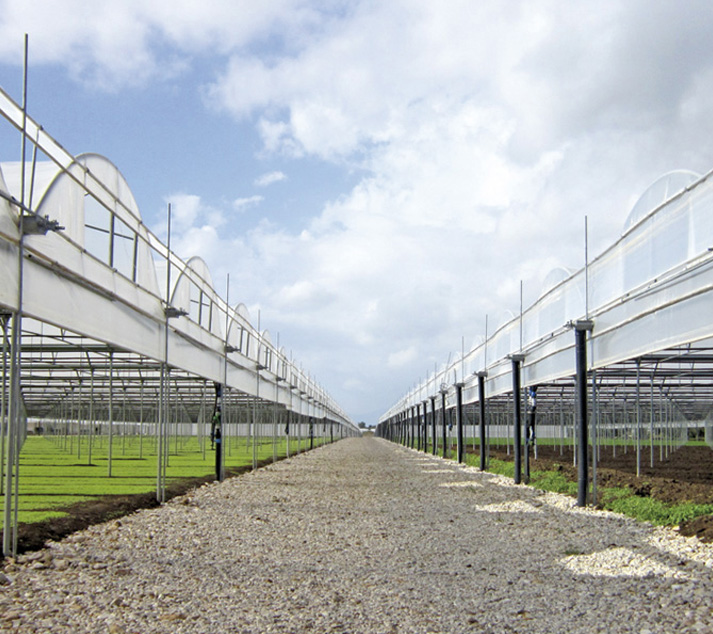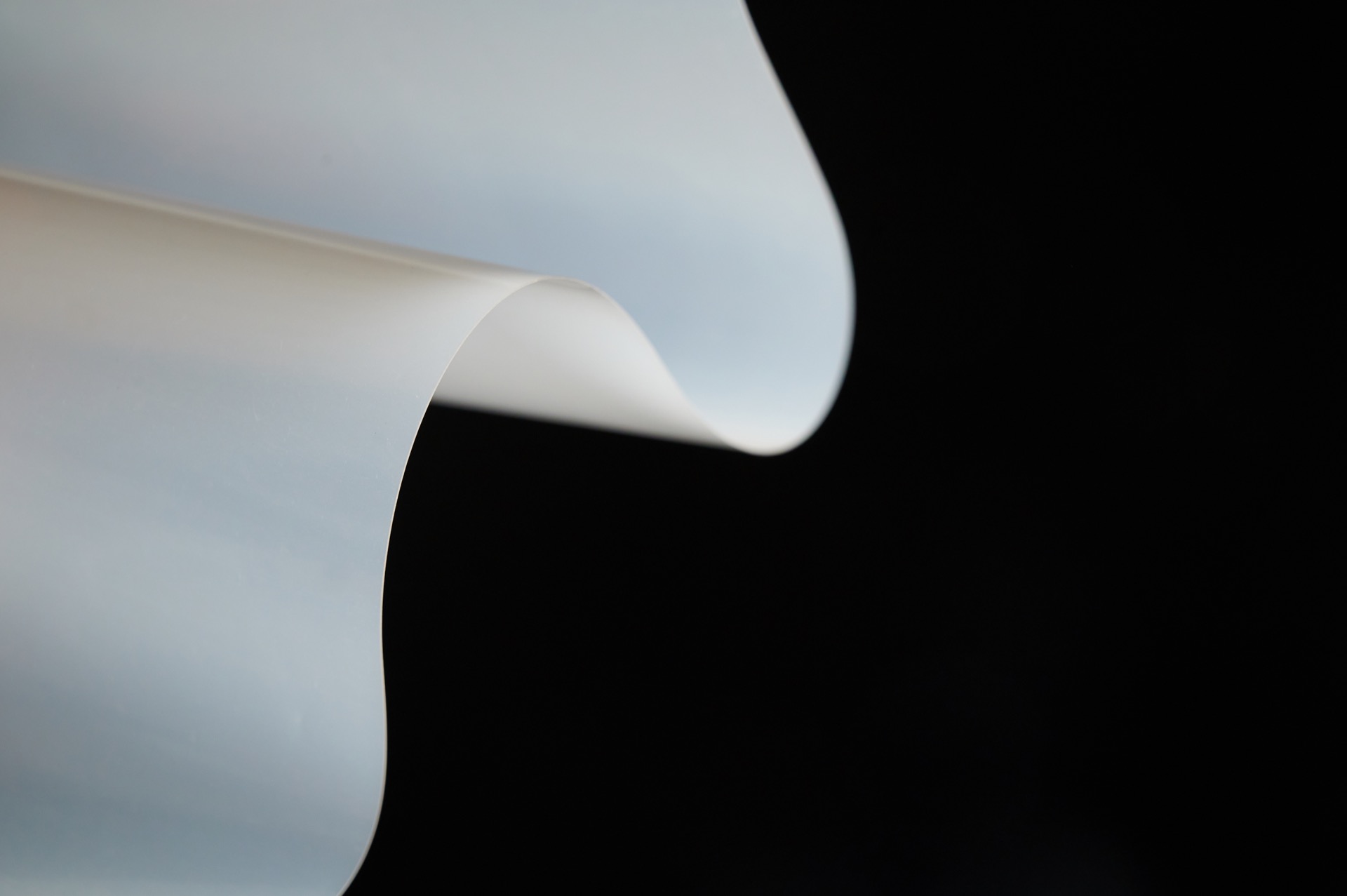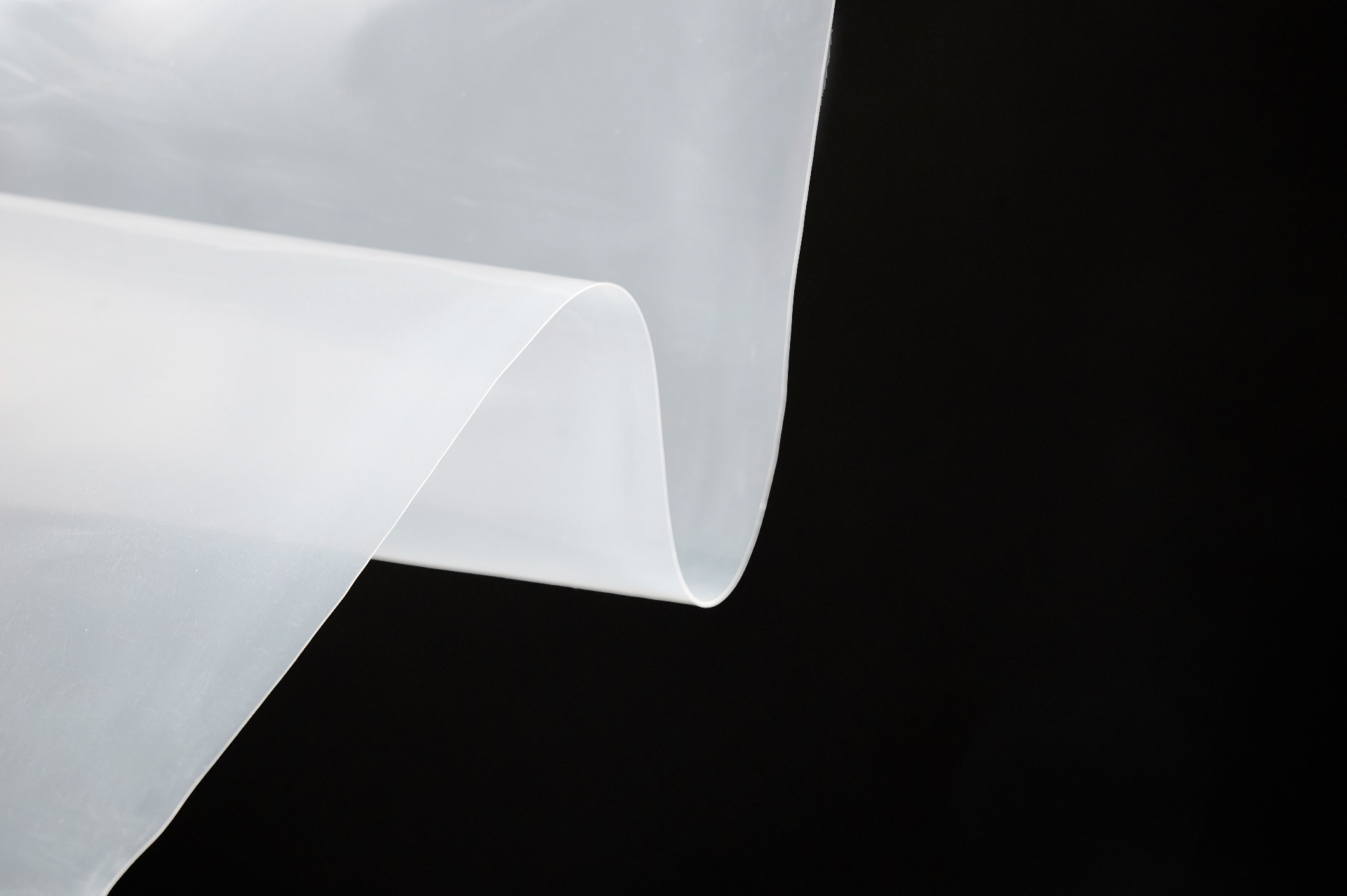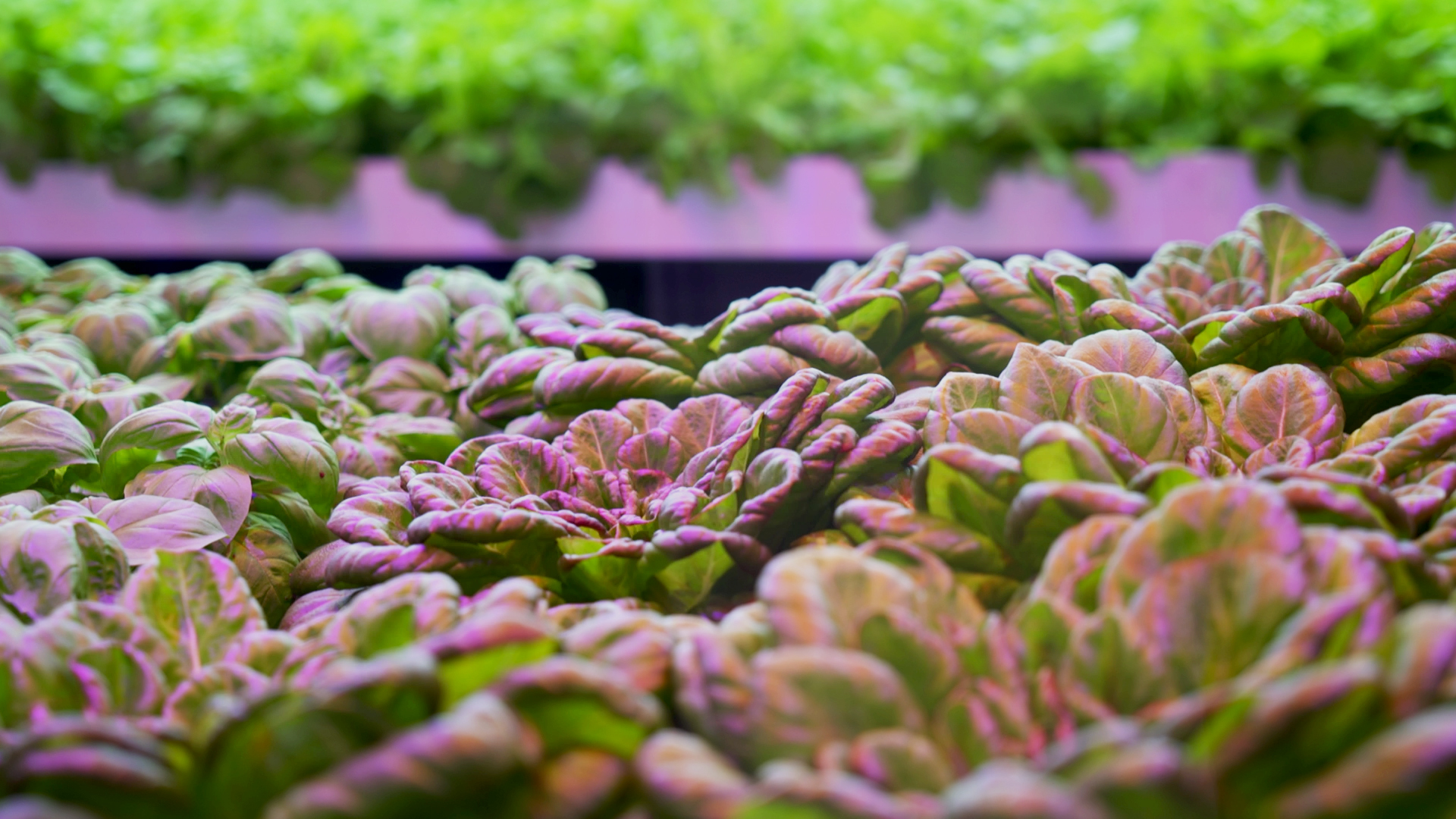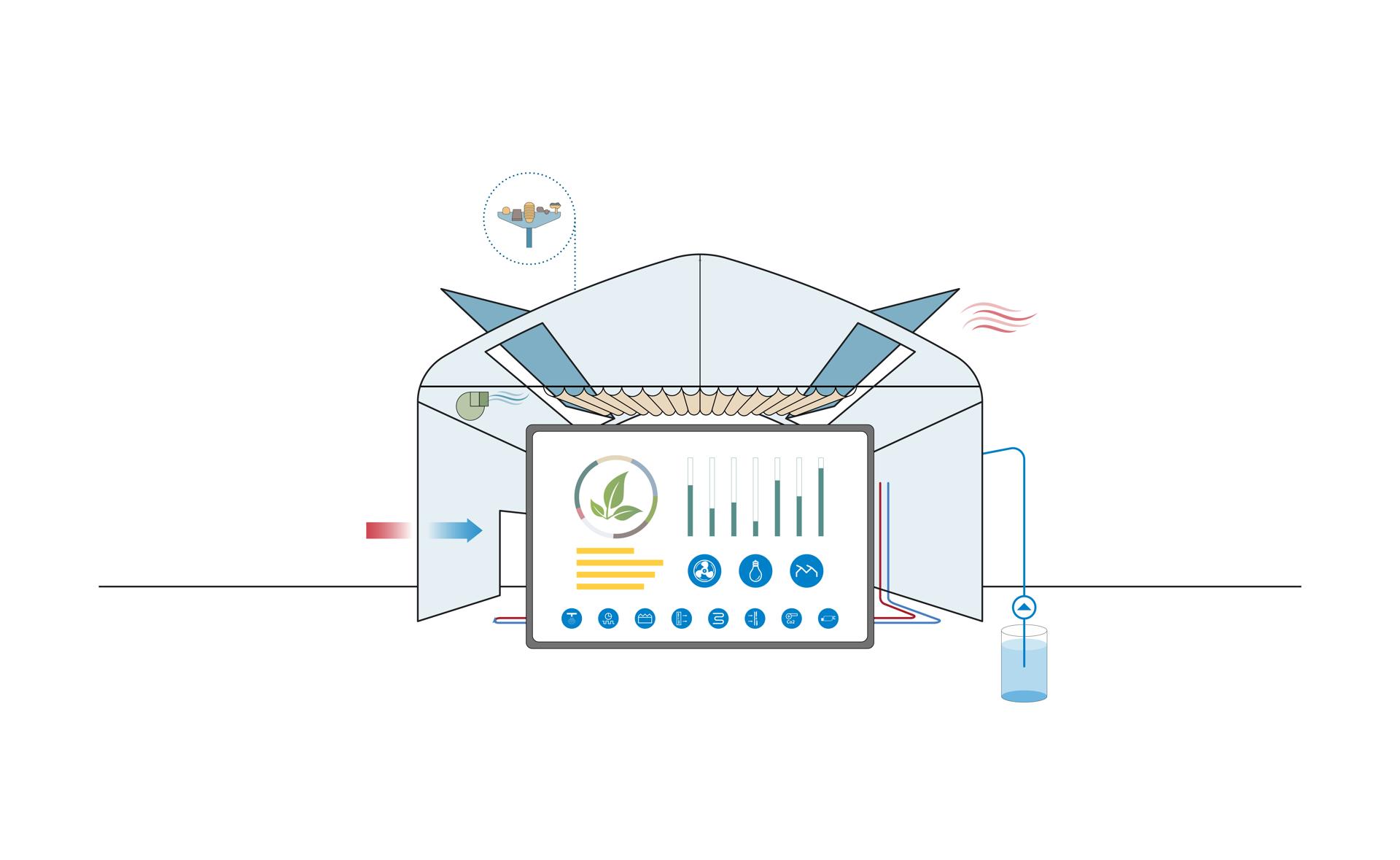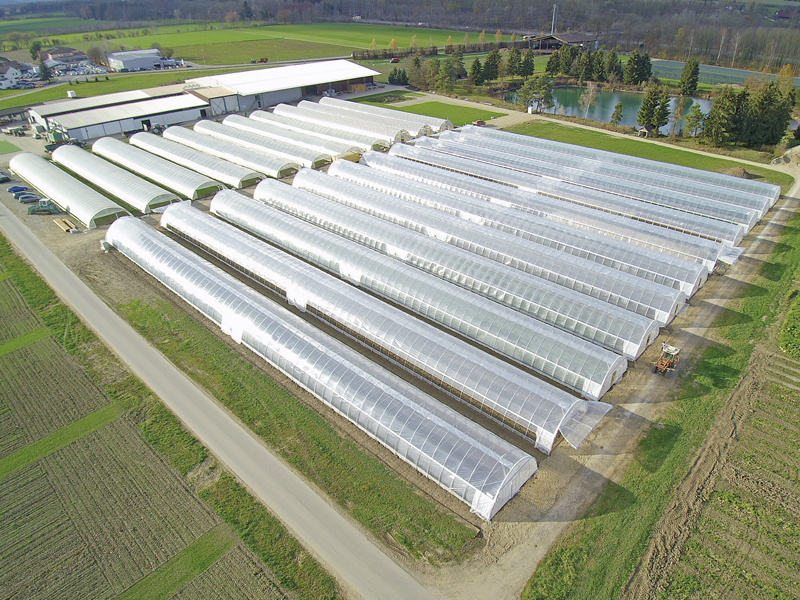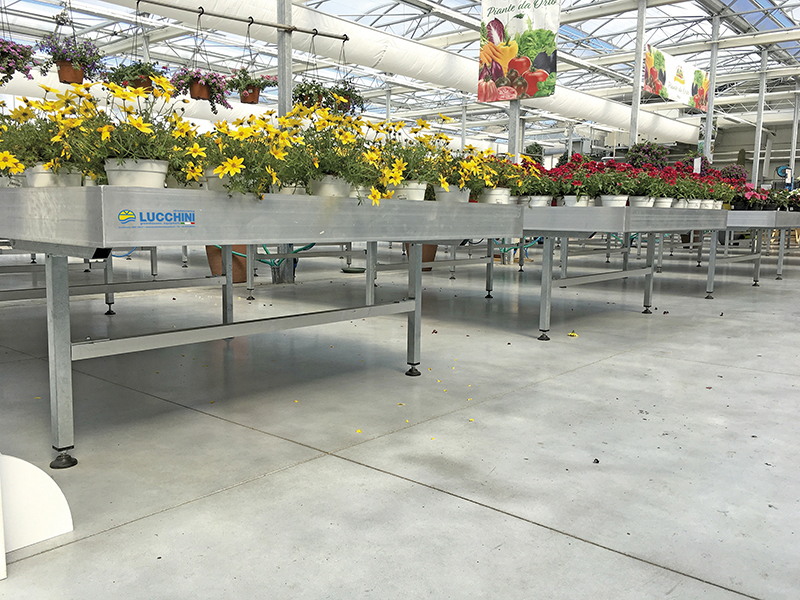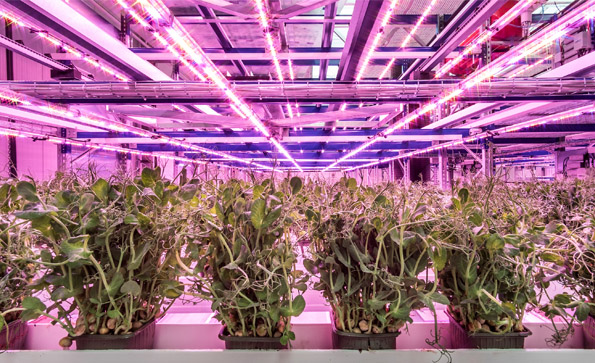The non-woven fabric used in agriculture is a safe barrier to protect crops from the cold, atmospheric agents and small animals. It is suitable for veggie small scale projects or gardening as well, it is a practical and economical solution also to obtain an increase and a higher quality of production.
How it's done
The non-woven fabric consists of polymers and not natural fibers. Contrary to what happens in traditional weaving, the elements are arranged randomly. All this gives rise to a plot with unique properties.
What is it for
The benefits to crops from the use of non-woven fabric are many:
• protects plants from cold and frost creating a perfect microclimate under its barrier
• sunlight goes through but at the same time provides a barrier from more ultraviolet harmful spectra
• blocks insects, parasites and small animals outside, thus protecting the sprouts
• prevents birds from plundering the sown
• prevents the growth of weeds
• Allows plants to grow faster.
Advantages
As it is not made of organic material, the non-woven fabric does not ruin itself, very durable and can be used over and over again. After use, simply fold it up to be able to use it the following season.
Being a breathable material it does not generate a "greenhouse effect". It does not need to be hung over the crops, just fix it to the ground with stones or pegs.
When to use it
Non-woven fabric can be used in agriculture at various times. It is generally recommended to spread it out after sowing, but it is also useful in case of damaged plants that need to recover.
How to use it
It should be laid out softly and without stretching it immediately after sowing or transplanting and it should be stopped on the sides by burying it slightly. On the cultivation of tomatoes, beans and other solanacae, it should be removed when the plants have reached a height of 15 cm approx. On strawberries and other stone fruits, the veil of non-woven fabric should be removed during the day as well as the flowering period, to allow pollination process.







